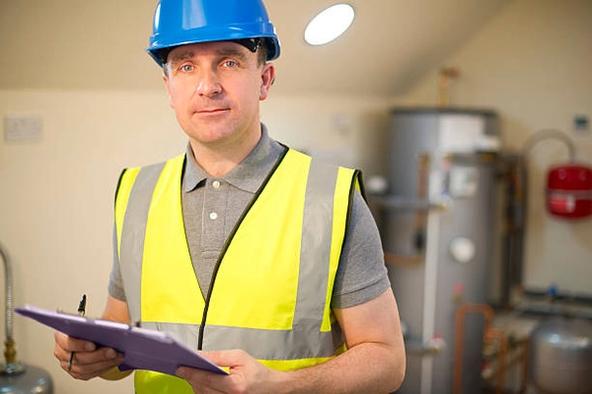There are many ways to improve the energy efficiency of a home. It is possible for a homeowner to carry out certain home improvements themselves, whilst other energy efficiency improvements will require a contractor or qualified tradesperson to install.
We always recommend using an MCS Certified installer when considering adding energy-saving products and low-carbon technologies.
Prior to carrying out any home energy improvements, Build Test Solutions recommend measuring the energy performance of the house to gauge the baseline performance and help determine what improvements will offer the most benefit to the homeowner.
Reducing heat loss
Improving insulation, reducing infiltration and draught-proofing are some of the best ways of reducing heat loss from a home.
Where possible, any loft spaces should be fully insulated to reduce heat escaping through the roof of a house. Houses made of solid wall construction, such as solid brick or stone, should assess the feasibility of installing solid wall insulation. Meanwhile, in more modern cavity wall houses, the presence of cavity wall insulation should be checked for and installed if suitable.
Upgrading single glazed windows to double or triple-glazed will inevitably improve the thermal performance and U-value of the windows. Whilst, existing older uPVC windows may benefit from having new seals and gaskets to reduce infiltration, draughts and heat loss.
Simple tricks an occupant can do themselves to minimise heat loss include always opening curtains in the morning, allowing sunlight to warm the house, and closing curtains in the evening to retain the heat.
Low-carbon technologies
Installing modern high-efficiency heating and hot water systems are great ways of increasing the energy efficiency of a home as well as reducing its CO2 emissions.
Although modern gas boilers can offer efficiency levels well above 90%, the natural gas used to power them is a fossil fuel and carbon emitter. Biomass and hydrogen-powered boilers are sustainable alternatives but not quite ready for large-scale rollout.
Modern air source or ground source heat pumps can offer efficiency levels of up to 300% in well-designed systems that have been sized correctly. This means that for each unit of electrical energy used by the pump, three times as much energy is being given off in heating.
Solar thermal hot water systems offer a completely sustainable way of harnessing the power of the sun to heat hot water. Solar thermal panels use collectors that are mounted onto the roof of a house to absorb the sun's heat and use it to heat up water, either directly or indirectly, that is stored in the hot water cylinder.
Renewable energy and on-site generation
Other types of renewable energy technology that are becoming more widespread include solar PV, battery storage and on-site wind generation.
Solar photovoltaic systems use solar panels installed on roofs or other suitable locations to convert solar energy from the sun into clean electricity. The electricity generated by solar PV can be used internally within the house, stored locally using solar batteries or exported back to the grid for a small profit.
Unlike wind farms that are popping up all over the UK's green space and coastline, domestic wind generation is still very much in its infancy. Domestic wind turbines can be fitted to the outside of buildings to convert wind power into electricity in much the same way larger wind turbines work.


